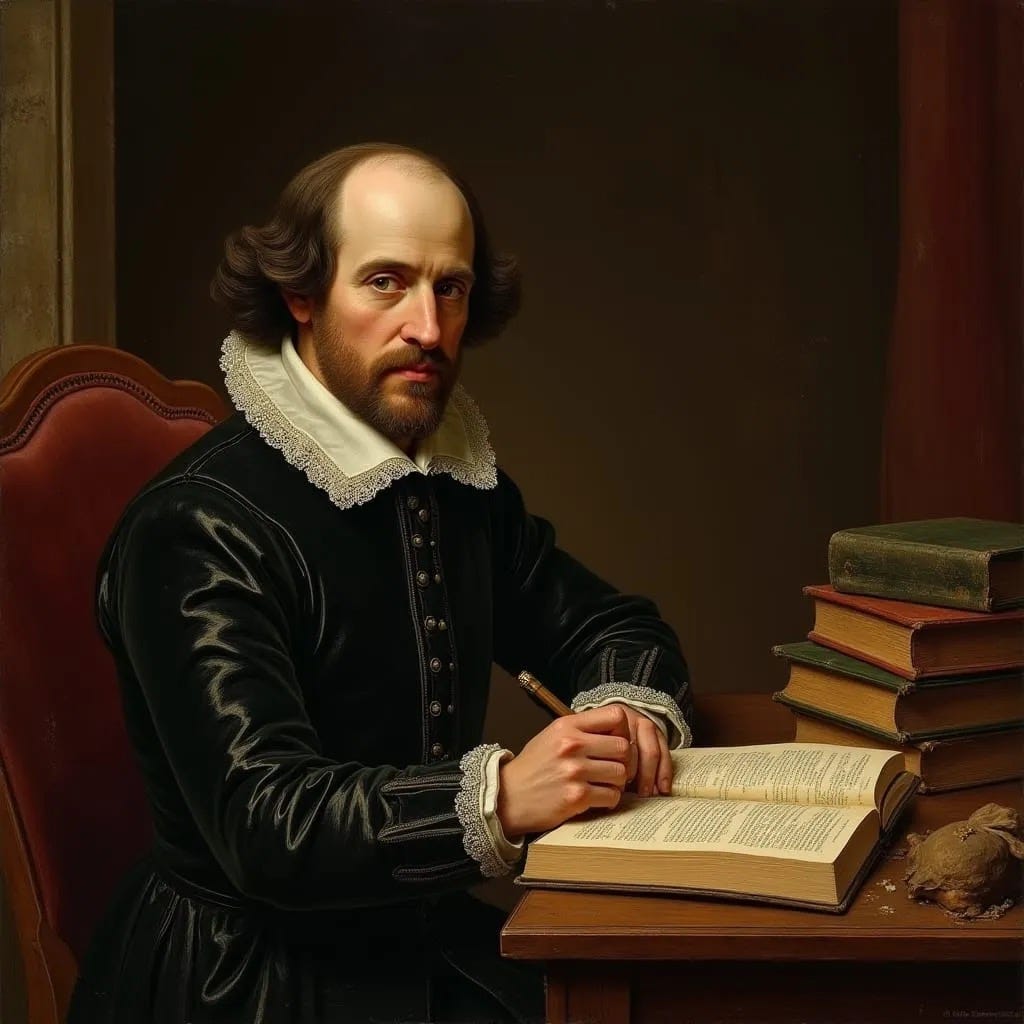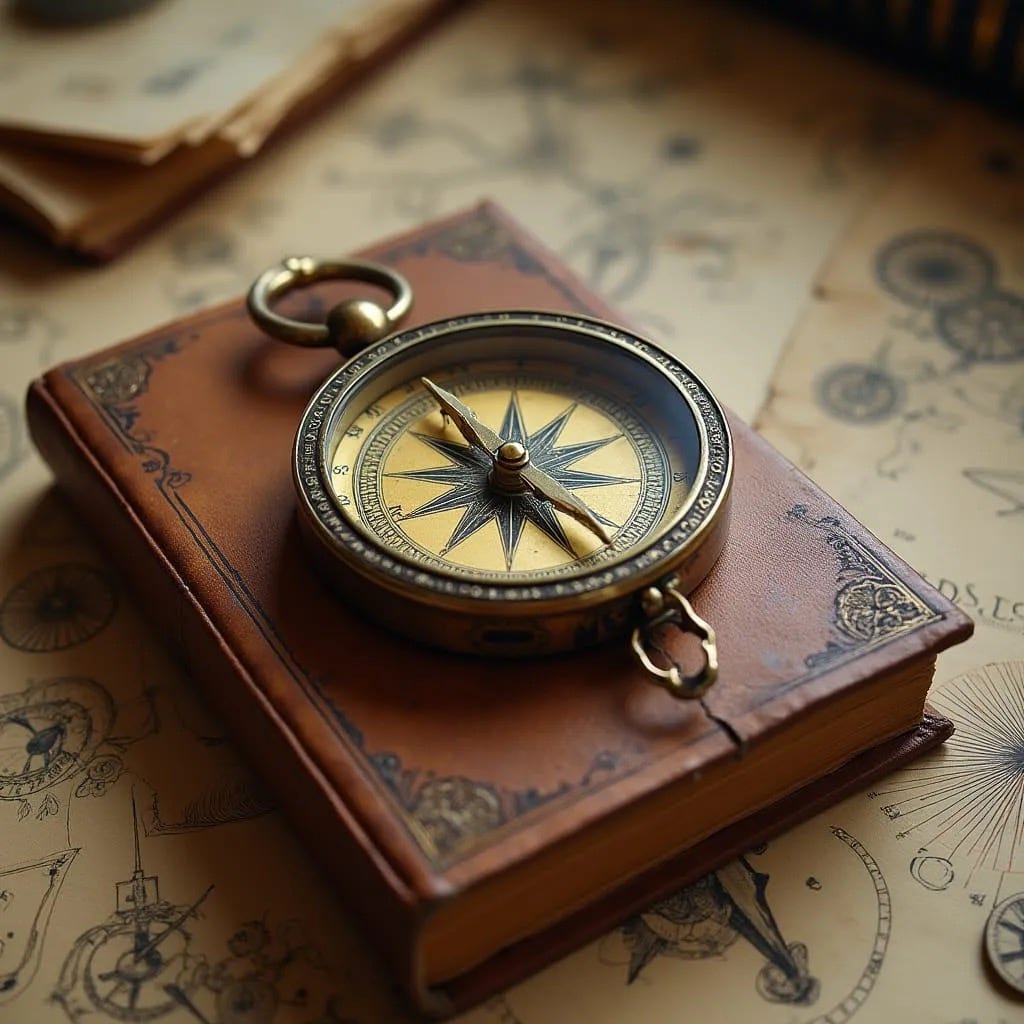Reimagining Psychoanalysis for a Singular Age
As artificial intelligence (AI) surges toward a technological singularity and global crises reshape our world, psychoanalysis faces a pivotal challenge: Can it guide us toward thriving, or does it require a radical transformation to awaken our true human potential? Traditional models, rooted in controlling instincts and adapting to society, seem increasingly misaligned with a globalized, interconnected reality. This article argues for a holistic redefinition of psychoanalysis, drawing on Sigmund Freud, Carl Jung, Melanie Klein, Erich Fromm, and James Hillman, alongside Albert Einstein’s ethical vision. It calls for a new axial revolution—echoing the transformative era of thinkers like Confucius, the Buddha, Socrates, Lao Tse, and the Hebrew prophets—to align psychology with the living, quantum nature of consciousness, empowering us to navigate a world of technological and social upheaval.
The Limits of Traditional Psychoanalysis
Sigmund Freud’s psychoanalysis seeks to uncover unconscious impulses—hidden angers, passions, and desires—to strengthen the ego’s control over libidinal drives, enabling societal adaptation (Freud, 1923). Melanie Klein’s object-relations theory focuses on early childhood, portraying infants as grappling with aggressive and destructive impulses shaped by caregiver interactions (Klein, 1946). In my view, Klein’s emphasis on these destructive drives is problematic, even harmful, as it risks pathologizing the child’s natural development. Far from being inherently conflictual, the child’s brain is a sponge, absorbing vast amounts of information from parental, social, and broader environments.
Neuroscience supports this: in the first few years, a child’s brain is highly plastic, capable of learning multiple languages simultaneously with ease (Kuhl, 2004). However, this period also involves significant neuronal pruning, with up to 50% of neurons lost as the brain reshapes itself based on experience (Huttenlocher, 1990). This pruning underscores the profound impact of environment—nurturing or neglectful—on development. Klein’s focus on aggression may misrepresent this sensitive phase, overshadowing the child’s capacity for learning and adaptation. In a world marked by wars in Ukraine, Gaza, and Sudan, widespread poverty affecting 2 billion people, and environmental collapse (United Nations, 2024), psychoanalysis must consider how these global contexts shape the psyche, rather than reducing it to internal conflicts.
The Singularity and the Call for a New Axial Revolution
The technological singularity—a point where AI surpasses human capabilities—is approaching, driven by the exponential growth of computing power per Moore’s Law (Moore, 1965; Kurzweil, 2005). AI already rivals human creativity in art and music, raising existential questions about identity. Albert Einstein warned that technology without ethical grounding risks dehumanization (Einstein, 1954), a concern amplified by technocratic control through brain-computer interfaces and psychological manipulation via fifth-generation warfare (Flynn & Flynn, 2020). Psychoanalysis that prioritizes adaptation risks aligning individuals with systems that erode autonomy, from media psyops to algorithm-driven conformity.
To thrive in this singular age, we need a new axial revolution—a transformative shift in thought akin to the first Axial Age (800–200 BCE), when influential thinkers like Confucius, the Buddha, Socrates, Lao Tse, and the Hebrew prophets reshaped human understanding (Armstrong, 2006). This era saw the emergence or transformation of major world religions and philosophical systems—Buddhism, Confucianism, Taoism, and the roots of Abrahamic faiths—shifting focus from local deities and short-term concerns to universal values like self-discipline, morality, and long-term thinking. The expansion of empires during this period fostered urbanization and cultural exchange, broadening perspectives on human existence (Bellah, 2011). These traditions, alongside the Vedas, suggest consciousness is a dynamic force intertwined with a living, quantum universe, a view echoed in modern quantum theories of a participatory cosmos (Wheeler, 1990). Psychoanalysis must awaken us to this deeper nature of consciousness, moving beyond reductive models to embrace the holistic, spiritual dimensions of humanity.
Jung and Hillman: A Holistic Vision
Carl Jung’s analytical psychology offers a promising framework, viewing the psyche as a tapestry of archetypes—universal patterns linking us to the collective unconscious (Jung, 1964). His concept of individuation integrates conscious and unconscious elements, aligning with the universal values of goodness, truth, and beauty championed by Axial Age thinkers. James Hillman, a post-Jungian, envisioned the psyche as plural and symbolic, shaped by myths and imagination akin to ancient Greek thought (Hillman, 1975). Despite his controversial departure from the Jung Institute in Zurich, Hillman’s rejection of Freud’s sexual focus and Klein’s aggressive child model emphasizes the psyche’s creative multiplicity. In a world where AI challenges human uniqueness, Jung and Hillman remind us that we are storytellers and seekers of meaning, not mere bundles of instincts.
Erich Fromm and the Insane Society
Erich Fromm’s humanistic psychoanalysis provides further insight. In The Sane Society, he critiqued modern systems—capitalism, competition, conformity—as alienating forces that fragment the psyche (Fromm, 1955). Fromm saw psychoanalysis as a tool for self-actualization, not adaptation to a dysfunctional world. Today, as individuals navigate digital noise and global trauma, his insights resonate. We are sponges, absorbing not only personal experiences but the collective weight of a world in crisis. Psychoanalysis must help us process this overload, fostering resilience and awareness rather than conformity to an “insane” society driven by money, power, and control.
A New Psychoanalytic Paradigm
To remain relevant, psychoanalysis must evolve into a holistic framework that integrates these insights and embraces the quantum, interconnected nature of consciousness. This new paradigm should prioritize:
• Awareness of Consciousness: Drawing on Axial Age traditions (Buddhism, Confucianism, Taoism, the Vedas, and Hebrew prophecy) and quantum perspectives, psychoanalysis should explore consciousness as a universal force, not just a set of drives (Goswami, 1993).
• Holistic Integration: Inspired by Jung and Hillman, it should weave the psyche’s archetypal and creative elements into a cohesive sense of self.
• Environmental Sensitivity: Recognizing the child’s brain as a sponge shaped by parental and social environments, psychoanalysis must nurture developmental potential, moving beyond Klein’s destructive focus (Kuhl, 2004).
• Ethical Resistance: Following Fromm and Einstein, it should empower individuals to resist manipulative systems, aligning with universal values of goodness, truth, and beauty.
• Global Perspective: Psychoanalysis must address the collective impact of global crises and cultural exchange, seeing individuals as part of an interconnected human family.
Conclusion
As we approach a technological singularity, psychoanalysis must transcend its reductive roots to embrace a holistic vision of human nature. By integrating Freud’s insights, Jung’s archetypes, Hillman’s pluralism, Fromm’s humanism, Einstein’s ethical clarity, and the universal wisdom of Axial Age thinkers—Confucius, the Buddha, Socrates, Lao Tse, and the Hebrew prophets—we can spark a new axial revolution. This revolution redefines psychoanalysis as a tool to awaken us to the living, quantum nature of consciousness, helping us navigate a world of AI, global crises, and psychological manipulation. Rather than taming instincts or adapting to an insane society, psychoanalysis should empower us to rediscover our interconnected, creative essence—unlocking what it means to be human in the absolute sense.







